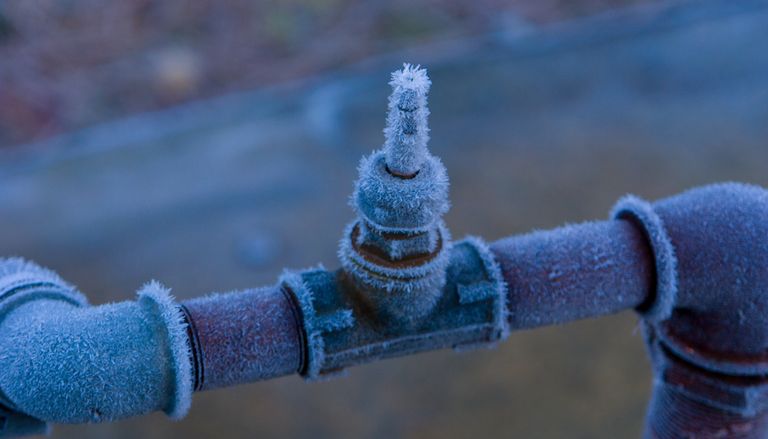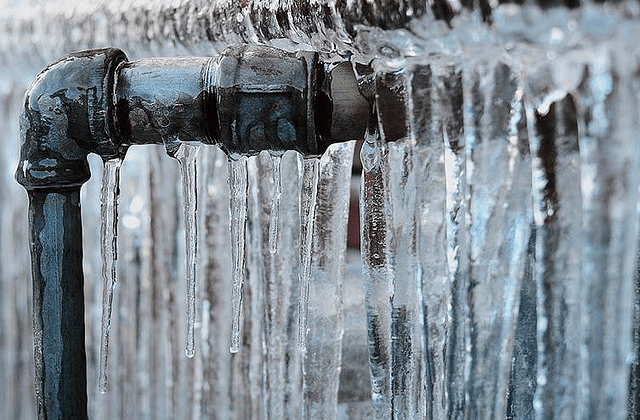Ways to Protect Your Plumbing from Cold Weather: Essential Advice
Ways to Protect Your Plumbing from Cold Weather: Essential Advice
Blog Article
They are making several great points related to How to prepare your home plumbing for winter weather overall in the content following next.

Cold weather can ruin your plumbing, specifically by freezing pipes. Below's how to stop it from happening and what to do if it does.
Intro
As temperature levels decline, the threat of frozen pipelines increases, potentially resulting in costly fixings and water damage. Comprehending just how to avoid frozen pipes is critical for property owners in cool environments.
Avoidance Tips
Shielding vulnerable pipelines
Wrap pipelines in insulation sleeves or use warmth tape to secure them from freezing temperature levels. Focus on pipelines in unheated or outside areas of the home.
Home heating strategies
Maintain indoor areas adequately warmed, specifically areas with plumbing. Open up closet doors to allow warm air to circulate around pipes under sinks.
Just how to determine icy pipelines
Seek decreased water circulation from faucets, uncommon odors or sounds from pipes, and visible frost on subjected pipes.
Long-Term Solutions
Structural adjustments
Take into consideration rerouting pipes far from exterior walls or unheated areas. Include additional insulation to attics, cellars, and crawl spaces.
Updating insulation
Buy top quality insulation for pipes, attic rooms, and walls. Appropriate insulation helps preserve regular temperature levels and decreases the risk of frozen pipes.
Shielding Outside Pipes
Yard tubes and exterior taps
Disconnect and drain garden pipes before winter season. Set up frost-proof spigots or cover outside taps with insulated caps.
Recognizing Frozen Pipelines
What creates pipes to ice up?
Pipelines ice up when subjected to temperatures listed below 32 ° F (0 ° C) for expanded durations. As water inside the pipes ices up, it broadens, taxing the pipe walls and possibly creating them to break.
Threats and problems
Frozen pipes can result in supply of water disruptions, residential property damage, and costly repair work. Ruptured pipelines can flood homes and trigger comprehensive structural damage.
Indications of Frozen Pipeline
Determining frozen pipes early can stop them from rupturing.
What to Do If Your Pipelines Freeze
Immediate activities to take
If you presume icy pipelines, maintain taps available to eliminate stress as the ice melts. Make use of a hairdryer or towels taken in warm water to thaw pipelines slowly.
Final thought
Protecting against frozen pipelines requires positive measures and fast reactions. By recognizing the reasons, indicators, and preventive measures, house owners can secure their pipes throughout winter.
5 Ways to Prevent Frozen Pipes
Drain Outdoor Faucets and Disconnect Hoses
First, close the shut-off valve that controls the flow of water in the pipe to your outdoor faucet. Then, head outside to disconnect and drain your hose and open the outdoor faucet to allow the water to completely drain out of the line. Turn off the faucet when done. Finally, head back to the shut-off valve and drain the remaining water inside the pipe into a bucket or container. Additionally, if you have a home irrigation system, you should consider hiring an expert to clear the system of water each year.
Insulate Pipes
One of the best and most cost-effective methods for preventing frozen water pipes is to wrap your pipes with insulation. This is especially important for areas in your home that aren’t exposed to heat, such as an attic. We suggest using foam sleeves, which can typically be found at your local hardware store.
Keep Heat Running at 65
Your pipes are located inside your walls, and the temperature there is much colder than the rest of the house. To prevent your pipes from freezing, The Insurance Information Institute suggests that you keep your home heated to at least 65 degrees, even when traveling. You may want to invest in smart devices that can keep an eye on the temperature in your home while you’re away.
Leave Water Dripping
Moving water — even a small trickle — can prevent ice from forming inside your pipes. When freezing temps are imminent, start a drip of water from all faucets that serve exposed pipes. Leaving a few faucets running will also help relieve pressure inside the pipes and help prevent a rupture if the water inside freezes.
Open Cupboard Doors
Warm your kitchen and bathroom pipes by opening cupboards and vanities. You should also leave your interior doors ajar to help warm air circulate evenly throughout your home.

I'm just very serious about Prevent Frozen Pipes and I hope you appreciated the new blog entry. Are you aware of another individual who is in to the subject? Take a moment to share it. We recognize the value of reading our article about Prevent Frozen Pipes .
See Availability Report this page